Explanation
At the heart of the Muju Gucheondong Special Tourist Zone is Muju Gucheondong Valley. The outer parts of Deogyusan National Park and the mountain’s natural recreation forest are also part of the special tourist zone.
The 30-kilometer-long Muju Gucheondong Valley is located to the north of Deogyusan National Park. The calm and soothing sound of the water flowing through a lush forest make this a great summer destination. The 33 scenic points of Gucheondong include Eunguam Rock, Haksodae Falls, Waryongdam Pond, Gucheon Waterfall and Yeonhwa Waterfall. In the summer, visitors can see the
rare sight of fireflies in their natural habitat. The fall foliage in autumn and the winter snowscape are also quite exquisite.
Within the vicinity of Muju Gucheondong is Muju Resort. The resort complex is made up of a family hotel, resort condominium and various recreational facilities where visitors can enjoy skiing, hiking, horseback riding and mountain biking. Visitors can take the gondola from the resort all the way up to Deogyusan Mountain’s Seolcheonbong Peak (1,520 meters). From, there, they can easily reach the summit at Hyangjeokbong Peak (1,614 meters).
Taekwondowon, located near the Muju Gucheondong Special Tourist Zone, offers a hands-on Taekwondo experience program. Those who are interested in learning Taekwondo can take part in a 1-day program which includes a Taekwondo demonstration, a Taekwondo class (basic movements), and board breaking.
[Muju Gucheondong Special Tourist Zone]
Areas Covered: Mupung-myeon (Samgoe-ri) and Seolcheon-myeon (Samgong-ri and Simgok-ri) in Muju-gun, Jeollabuk-do
Area size: 7,610,000 ㎡
Tourist Attractions: Deogyusan National Park, 33 Scenic Views of Muju, Gucheondong Valley, Muju Resort, forest park, Taekwondowon, Muju Hyanggyo (Confucian school), Baengnyeonsa Temple, Jeoksansanseong Fortress, etc.
Inquiry
+82-63-320-2114
Homepage
Information Use
Contact and Information : • 1330 Travel Hotline: +82-2-1330
(Korean, English, Japanese, Chinese)
• For more info: +82-63-320-2114
Parking facilities : Parking lots at Deogyusan National Park and Muju Gucheondong tourist sites
More information
Available Facilities
Tourist information center, interpretation center, theater for tourists, recreation forest, museum, swimming pool, resort condominiums, etc.
Restrooms
31 public restrooms at Deogyusan National Park and Muju Gucheondong and Muju Resort.
Interpretation Services Offered
English and Chinese travel guidebooks are available at Deogyusan National Park's tourist information center.
Location
Seolcheon-myeon, Muju-gun, Jeonbuk-do
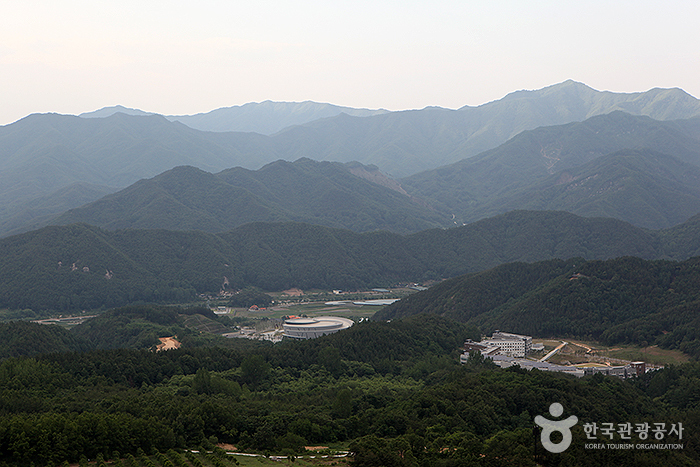
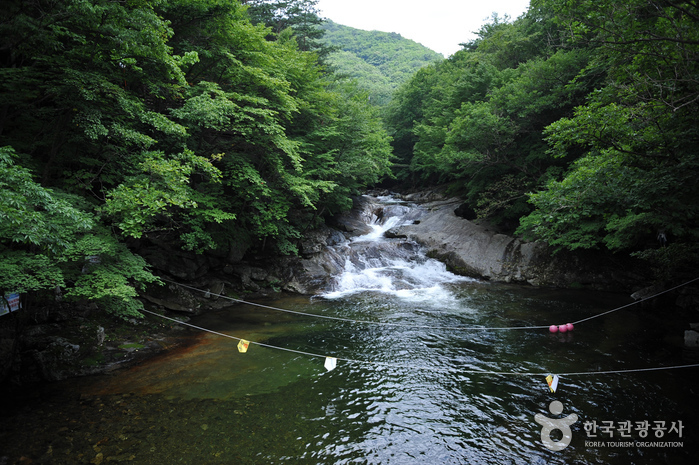
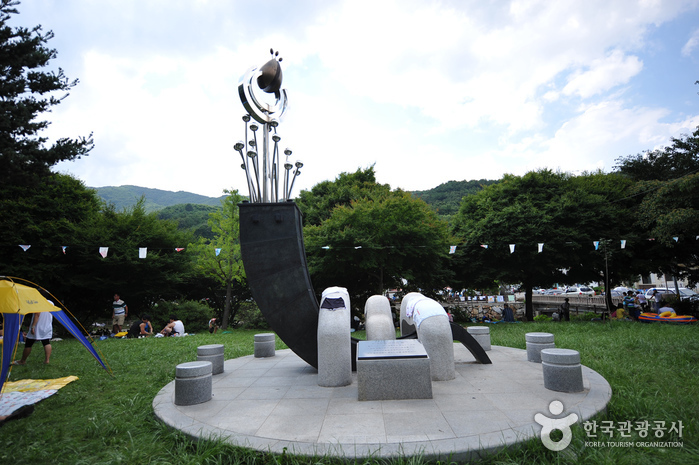
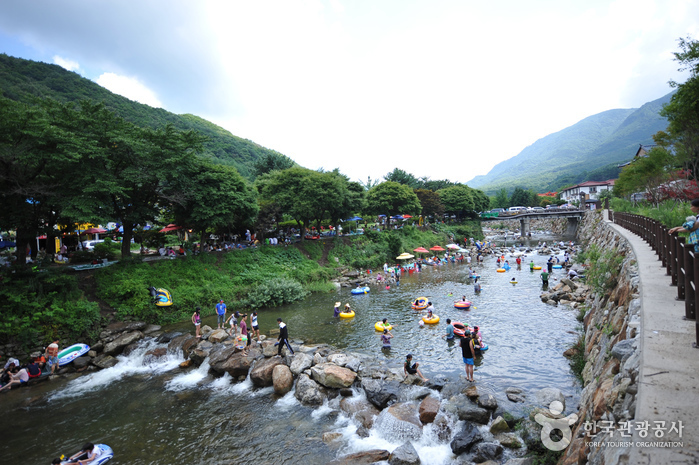
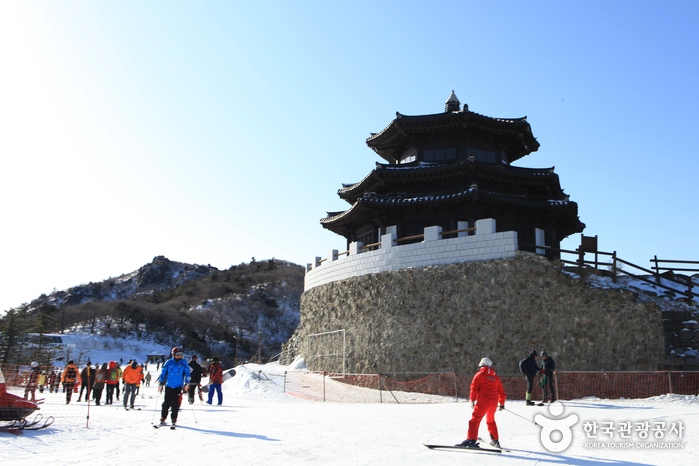
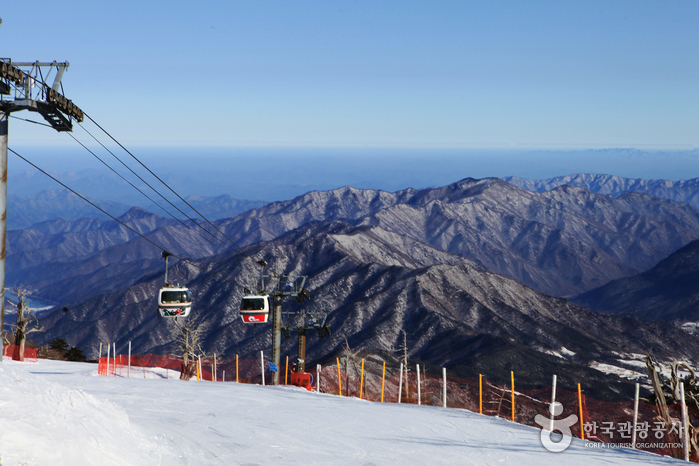
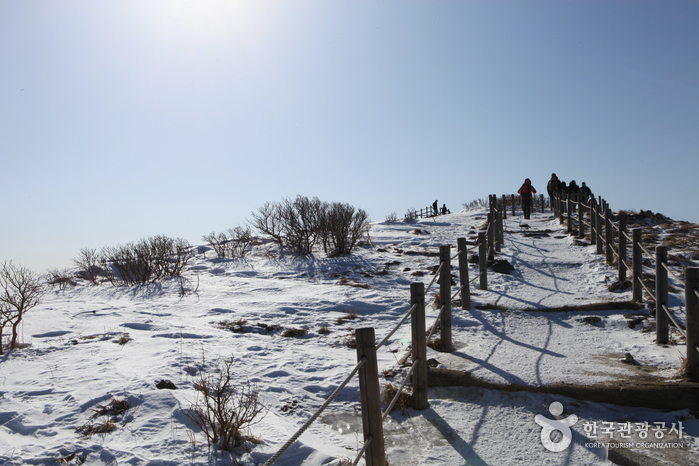
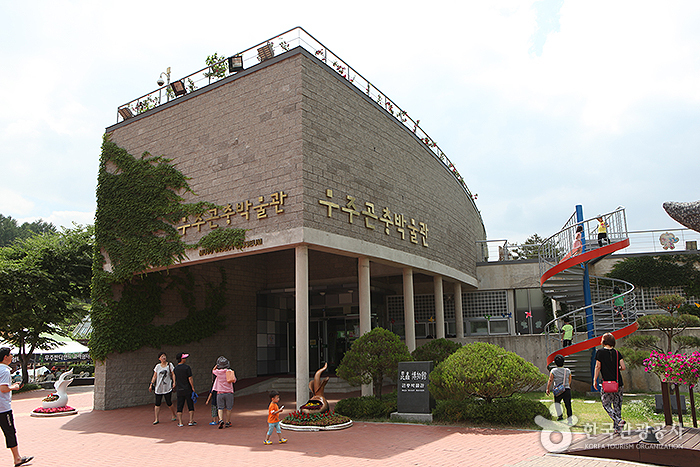
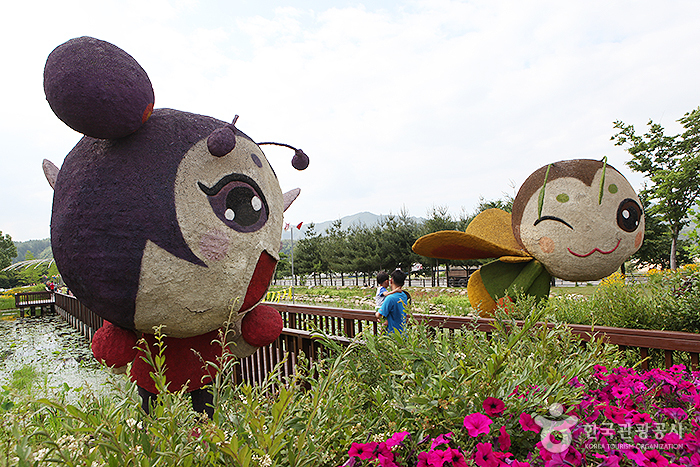
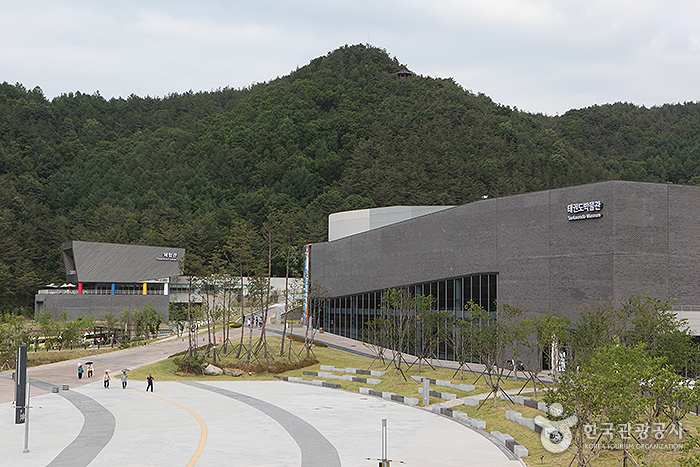
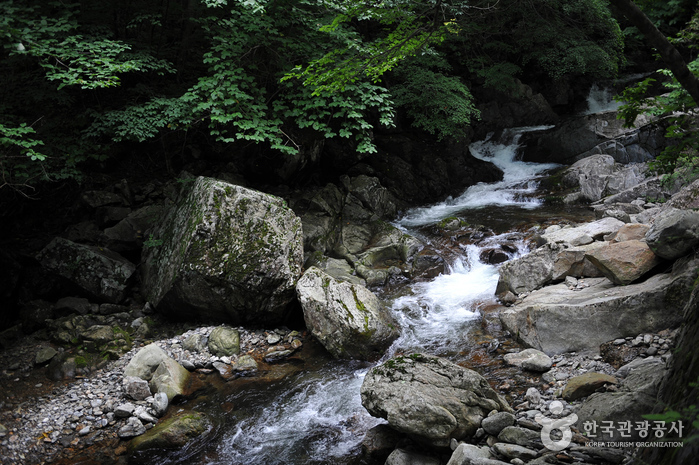
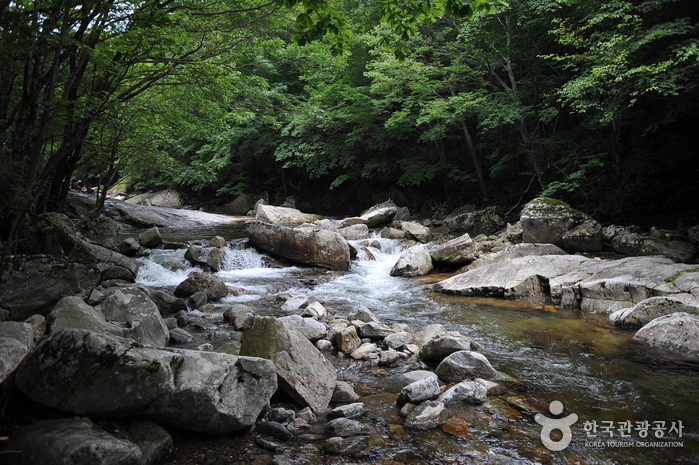
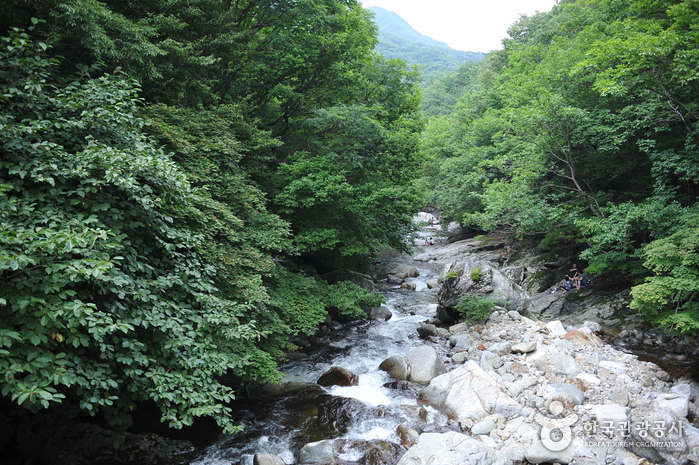

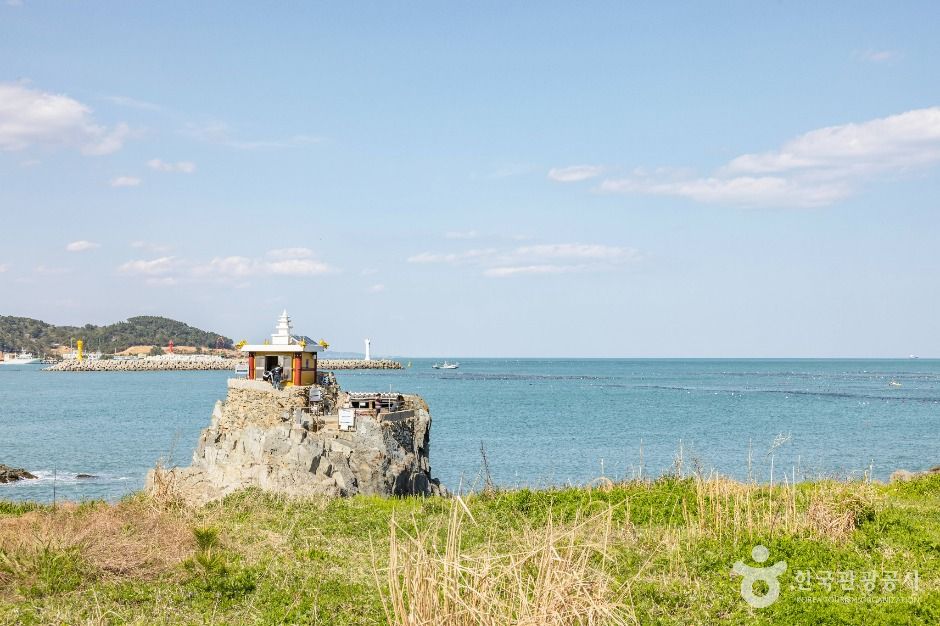
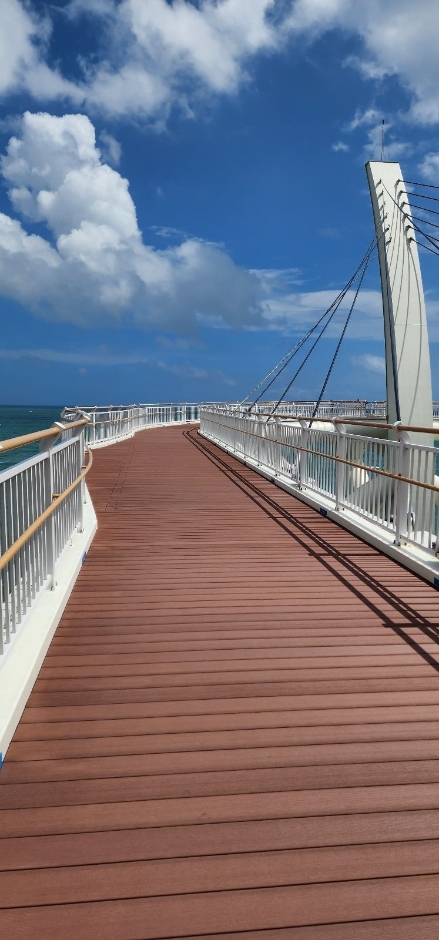
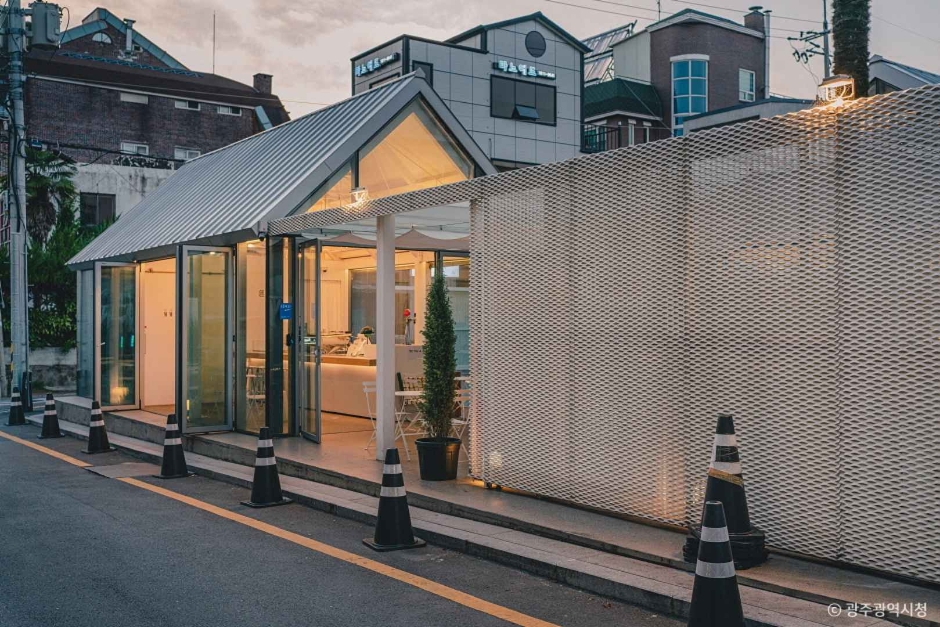
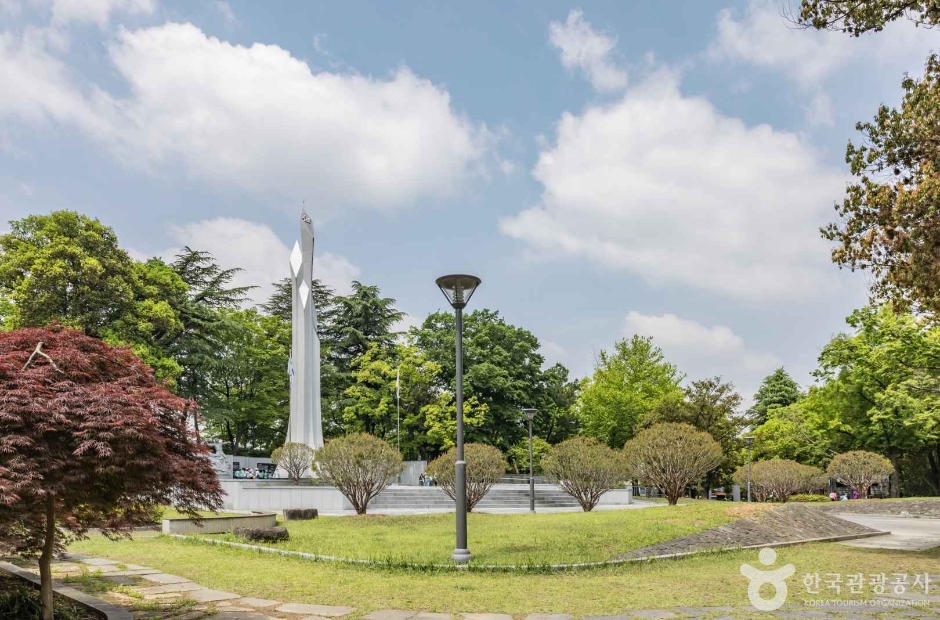
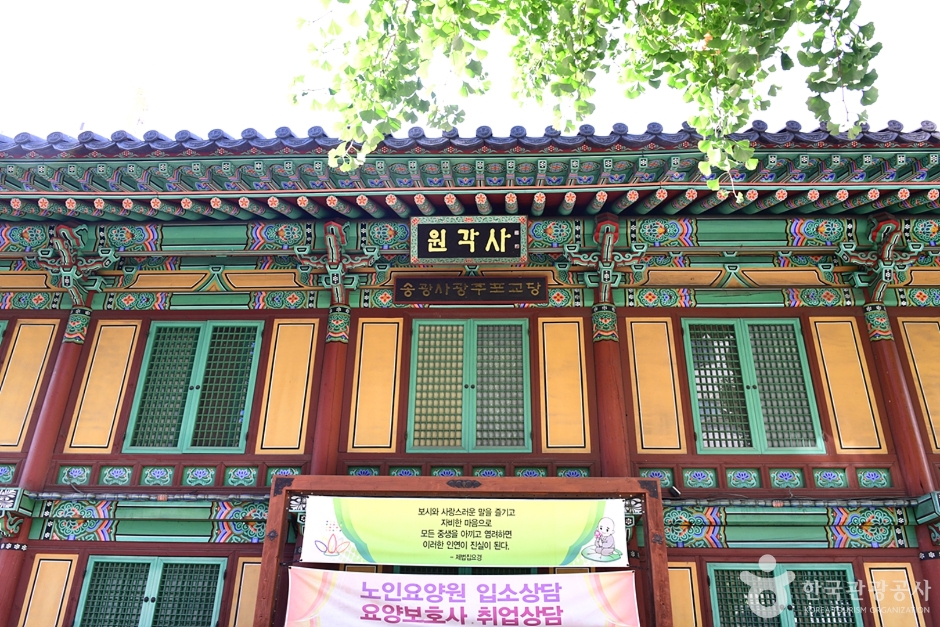
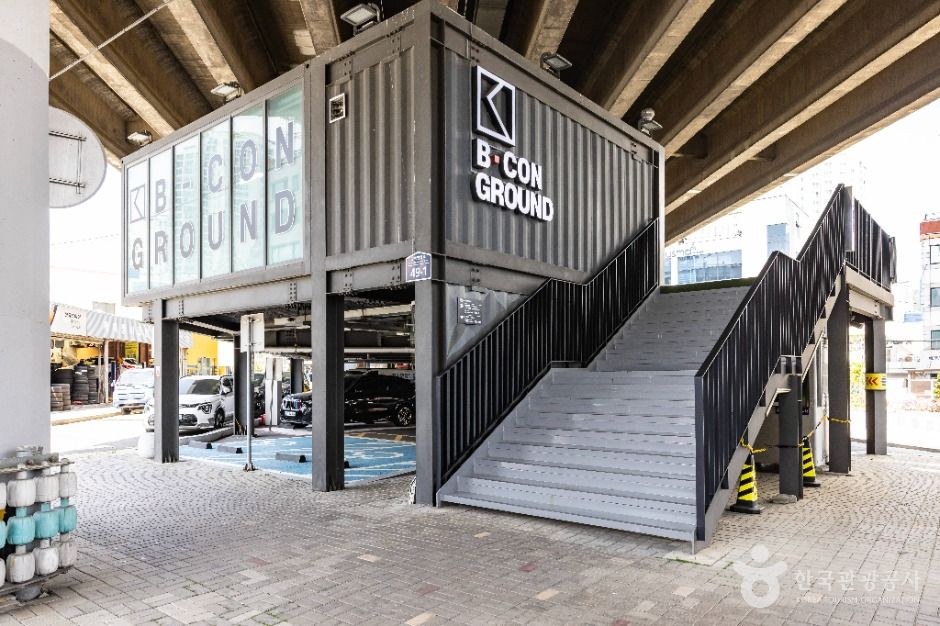

 English
English
 한국어
한국어 日本語
日本語 中文(简体)
中文(简体) Deutsch
Deutsch Français
Français Español
Español Русский
Русский